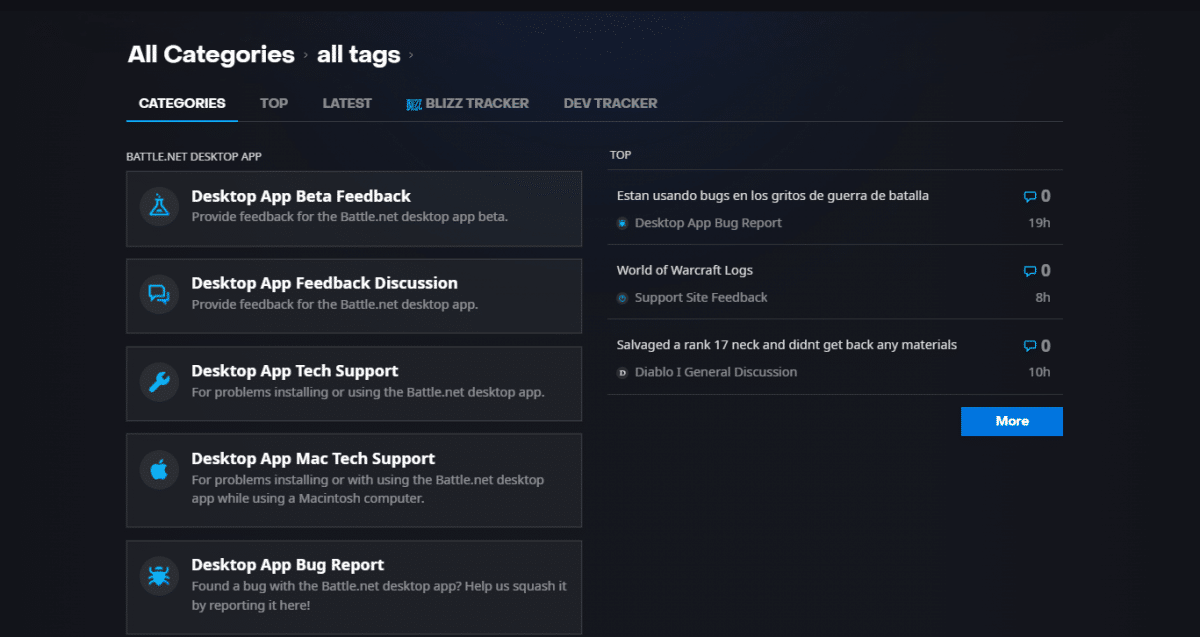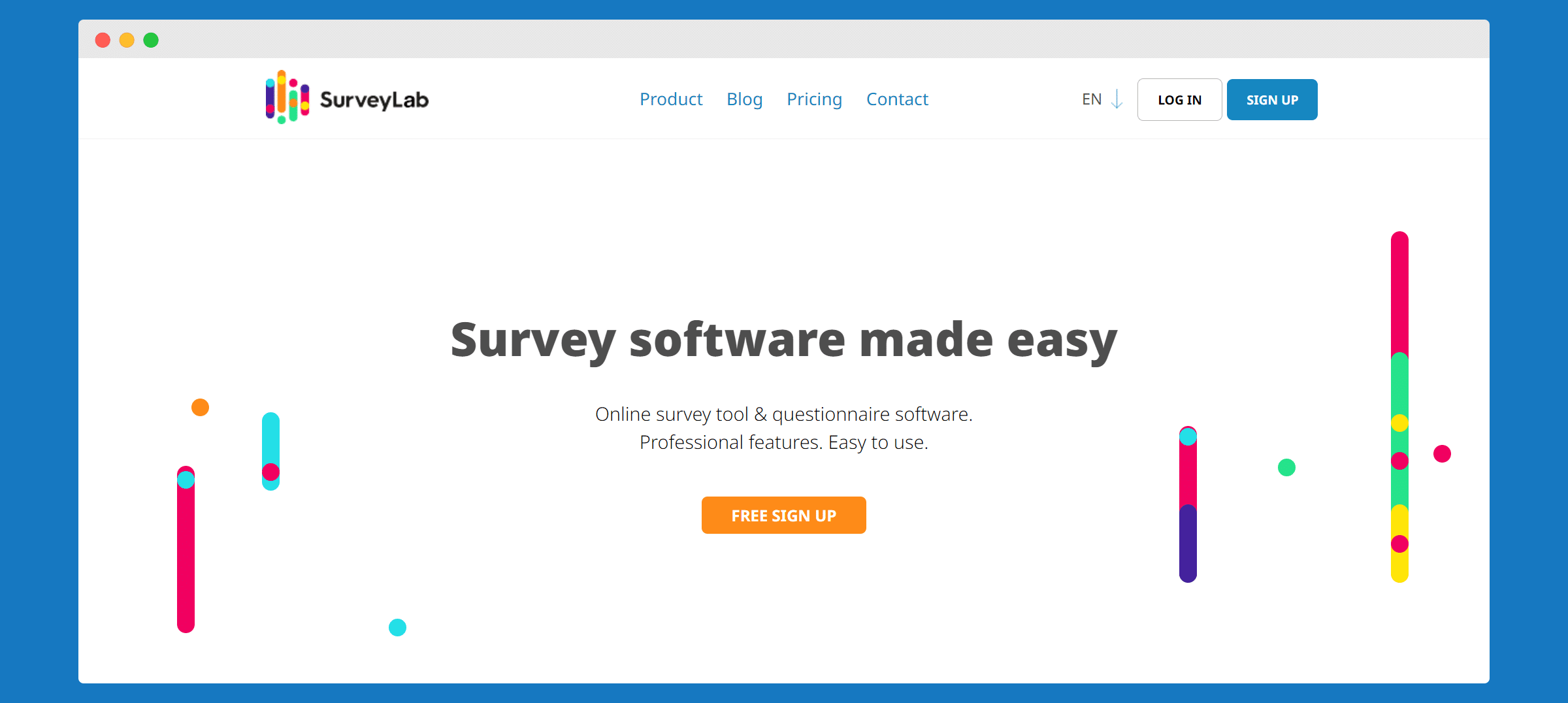We live in the digital age. Nowadays, people connect to share information. Customer feedback plays a significant role in dictating how consumers approach a business.
You want to purchase something. It makes sense to research the company and its products. Online shoppers usually can’t rely on personal recommendations. They go in blind, which presents risks.
The Importance of Customer Feedback
Customer feedback, such as detailed reviews, is a safety net for new shoppers. They get an insight into prior customer experience. It helps decide whether the purchase is worth it.
From a business perspective, the aim is to get as many positive reviews as possible. There are multiple reasons for this.
#1 – New Customers
Positive feedback is a marketing tool that attracts new customers. Browsing a product and seeing praise and overall high ratings is beneficial. It increases the odds of converting a prospect into a customer.
#2 – Customer Loyalty
Customers are more likely to return when they enjoy a positive shopping experience. In addition, it’s easier to connect to a brand. After all, you took the time to write and share a review with others.
#3 – Brand Awareness
In a competitive business environment, every little bit helps. Receiving positive feedback from customers helps businesses build their reputation. For businesses looking to boost their online authority even further, working with a trusted SEO link building agency can be a game-changer. Such agencies specialize in acquiring high-quality backlinks from reputable sources, which strengthens your website’s credibility and improves search engine rankings over time.
It’s also worth mentioning Google. The search engine considers fresh user reviews as an important ranking factor. Search engine optimization benefits from user-generated content, and you track how your ranking improves as a result using a website authority checker (e.g., start a SEMrush free trial). If you’re managing SEO for multiple clients or need to scale efficiently, partnering with a reliable SEO reseller can save time and improve results. Additionally, investing in professional SEO services can help you handle everything from keyword optimization to technical audits, all essential for staying competitive in search rankings.
Finally, negative reviews are inevitable. You can only satisfy some customers. An overwhelming number of positive reviews helps overshadow negative feedback.
Why Do Customers Avoid Providing Feedback?
Customer feedback is so important. Still, some businesses fail to make the most out of it.
In some cases, it’s the lack of a clear system that enables customers to submit their reviews. In other cases, the overall experience could have been more memorable.
Of course, there are other factors. For one, people are too busy or forget about it.
Regardless, it’s up to the businesses. It has to create a friendly environment. An environment that allows and encourages customer feedback.
📚 Read also: Pitfalls of Using Double Barreled Questions in Customer Feedback Surveys.
Apply These Customer Feedback Examples
Is developing a solid customer feedback strategy? Then why not consider what’s been working for others?
The customer feedback examples below ought to push you in the right direction. Think about how you can apply them in your venture.
1. Interactive Content
Interactive content offers insightful information about user behavior. It’s one of the most underused customer feedback examples.
Take ebooks and whitepapers, for instance. A business can create an ebook and include interactive chapters.
These chapters have a goal. They determine which part of the content readers (consumers) spend the most time on. Similarly, which parts they skip.
Webinars are worth a shout as well. They are another example of how businesses can collect valuable customer feedback.
There’s no need to organize a live event. Host a webinar. Invite your customers. Talk to them face-to-face. It will be more efficient.
Here is an example of a webinar hosted by Freshdesk:

Shoppers and staff ask each other questions and answer them. It’s an information exchange that benefits both parties. By interacting with the users, businesses build stronger relationships.
Lastly, there are official forums. As a concept, traditional forums feel a bit outdated due to social media. Nevertheless, they still offer value. Players interact with developers and receive answers directly.
The official Activision Blizzard forums are a great example of this:

2. Real-Time Two-Way Feedback
A real-time two-way feedback system aims to collect fresh data. It’s one thing to share experiences the next day and another to share it right away.
The fresher the experience, the more valuable it can be for a company to gain useful information. Besides, it’s much easier for a sender to prepare detailed feedback while the memory is fresh.
Take Uber as an example. It’s an app-based company that offers ride services. Uber allows drivers and passengers to submit feedback about each other. It’s one of the standout service features.

It’s not just drivers who have an Uber profile. Passengers have it, too. After the trip is over, both parties write their review and give star rating (represented by a star PNG-like graphic) ranging from one to five.
Uber’s system disables individual ratings to prevent potential biases and conflicts. The system reports average reviews, which applies to passengers and drivers.
The imperative to submit real-time feedback is there, too. It’s one of the reasons why Uber’s approach is one of the best customer feedback examples.
If the driver receives too much negative feedback, Uber takes action. The company disables the driver’s profile.
Disappearing from the system, users can’t offer their services anymore. It’s as simple as that.
📚 Read also: Custom 360 Feedback Surveys.
3. Live Chat Feedback
Feedback via a live chat is another option. It’s a great way to exchange information in real time. So long as the customer support responds.
Cases vary depending on the circumstances. However, general templates are common.
Customers start a conversation with support via a live chat section on a website. Let’s say that you are unhappy about the product. You explain the problems in detail. The support collects the data. The data is then submitted to the right department.
Customer support can also be proactive. Session replay software reveals how users interact with a platform. A customer support rep may reach out to the user. Telling them about an issue and offering a solution right away could go a long way.
One final thing to note is that social media. Don’t ignore it. Instead, use it as a communication channel.
Consumers can reach out to a brand directly via social media. That’s why it’s smart to manage your comment sections using a tool like CommentGuard to auto-hide spam, auto-reply to common questions, and protect your public brand image across platforms. Here is an example from Nike’s Facebook page:

4. Personalized NPS Surveys
Net Promoter Score surveys predict how happy customers are. They measure customer happiness and loyalty.
An NPS survey must have a clear scoring system. It’s common to use a scale from 1 to 10. The survey combines the scale with a closed question. For instance, “How happy are you with our services?”
The second part includes an open-ended question. It’s a follow-up to gather extra details. For instance, “Would you recommend us to your friends?”
NPS questions need to be short. Overburdening customers with extra information distorts the results. The harder the questions, the more respondents struggle.
Some businesses like to include multiple follow-up questions. It’s a valid strategy to get the most out of a single survey. On the other hand, if the survey gets too long, it may backfire.
Specialized NPS software offers opportunities to customize the surveys. That includes adding different question types.
📚 Read also: How to Design and Conduct NPS Survey.
As a rule of thumb, you should send out NPS surveys once every few months. Here’s an example from Hem & Stitch:

5. Customer Feedback Surveys
Customer feedback surveys are pretty simple. They go into more detail than NPS surveys. However, the differences are not too big.
One notable advantage is how feedback surveys provide deeper insight. There is more information to collect and process.
Take this example from Apple:

It asks a clear question. The survey provides five options to choose the satisfaction level. There are also four areas the Touch ID survey aims to cover.
Collecting enough responses should provide plenty of information. From here, Apple can look to optimize and improve its Touch ID feature.
The company is known to create and expand their knowledge database related to all things Apple products.
From how to access clipboard on Mac and replace the battery to solving Wi-Fi issues and overheating, you never know what Apple consumers might look for on official sources.
A lot of the forum responses, for instance, are also provided by the community, which reduces the company’s workload.
However, one of the reasons Apple still minds the information and keeps a close eye on it is because they want to interact with the audience directly and collect the data for further analysis.
Still, persuading customers to participate via surveys can be tricky. These surveys can overwhelm respondents with too much information. Therefore, it’s recommended to offer separate pages for questions.
The respondent submits answers to one question. They then proceed to the next question. The process continues until they complete the survey.
6. Customer Reviews
Detailed customer reviews arguably offer the most value. A clear explanation of a product paints the picture for potential shoppers. Additional details like packaging and delivery time have uses, too.
A perfect example of how to do it can be seen if you scrape reviews (and prices) from Amazon:

The “How many people found this helpful” section is a nice touch as well. The most upvoted reviews go to the top for more visibility.
The problem for businesses is how to persuade more shoppers to leave such reviews. They require detail. Even happy customers don’t bother too much.
One way to encourage more customers is to offer them something in return. For instance, a discount voucher for their next purchase, a special offer, (e.g., a game deal if you’re in computing retail as part of your mobile game monetization or mobile game user acquisition strategy), or free shipping.
Organizing a raffle for the best weekly review is worth a shout as well. Throw in a prize there, and you are bound to see more interest.
Last, try to engage with customer reviews. Ask somebody from the staff to reply regularly. It helps build genuine connections.
GOLDEN TIP: Use SurveyLab to gather feedback!
SurveyLab is a great tool for that!
It works immediately on any device without needing installation. Users can customize surveys and share them via Email, SMS, or social media. SurveyLab also provides automatic reporting and supports team collaboration.
See the available question types of Surveylab.
Start using SurveyLab today to enhance your data collection!

Conclusion
All in all, customer feedback shouldn’t be a chore. If a business prepares a simple system, customers ought to engage. Sharing thoughts is easier when there is a straightforward way.
SurveyLab is a platform for collecting data, and also feedback. The tool is super intuitive, can be shared in a few clicks, and analyzing the results is automated. Sign up for SurveyLab, and gather feedback like a pro!
Make the most out of customer feedback examples in this article. You may not apply all of them, but that’s not important. Pick what works. And don’t hesitate to test different ideas.
FAQ on customer feedback examples
Any questions? We may have the answer.
Customer feedback gives new shoppers insights into others’ experiences. It helps them decide if they should buy a product.
Positive feedback attracts new customers and helps build brand awareness. It also makes customers more likely to return.
Some customers don’t provide feedback because they are busy or forget. Also, some businesses don’t have a good system for collecting reviews.
Businesses use surveys, live chats, and social media to collect feedback. They also host webinars and maintain forums for more interactive feedback.
Businesses can offer incentives like discounts or free shipping. They can also hold contests where customers can win prizes for leaving reviews.

Leave a Message
You must be logged in to post a comment.